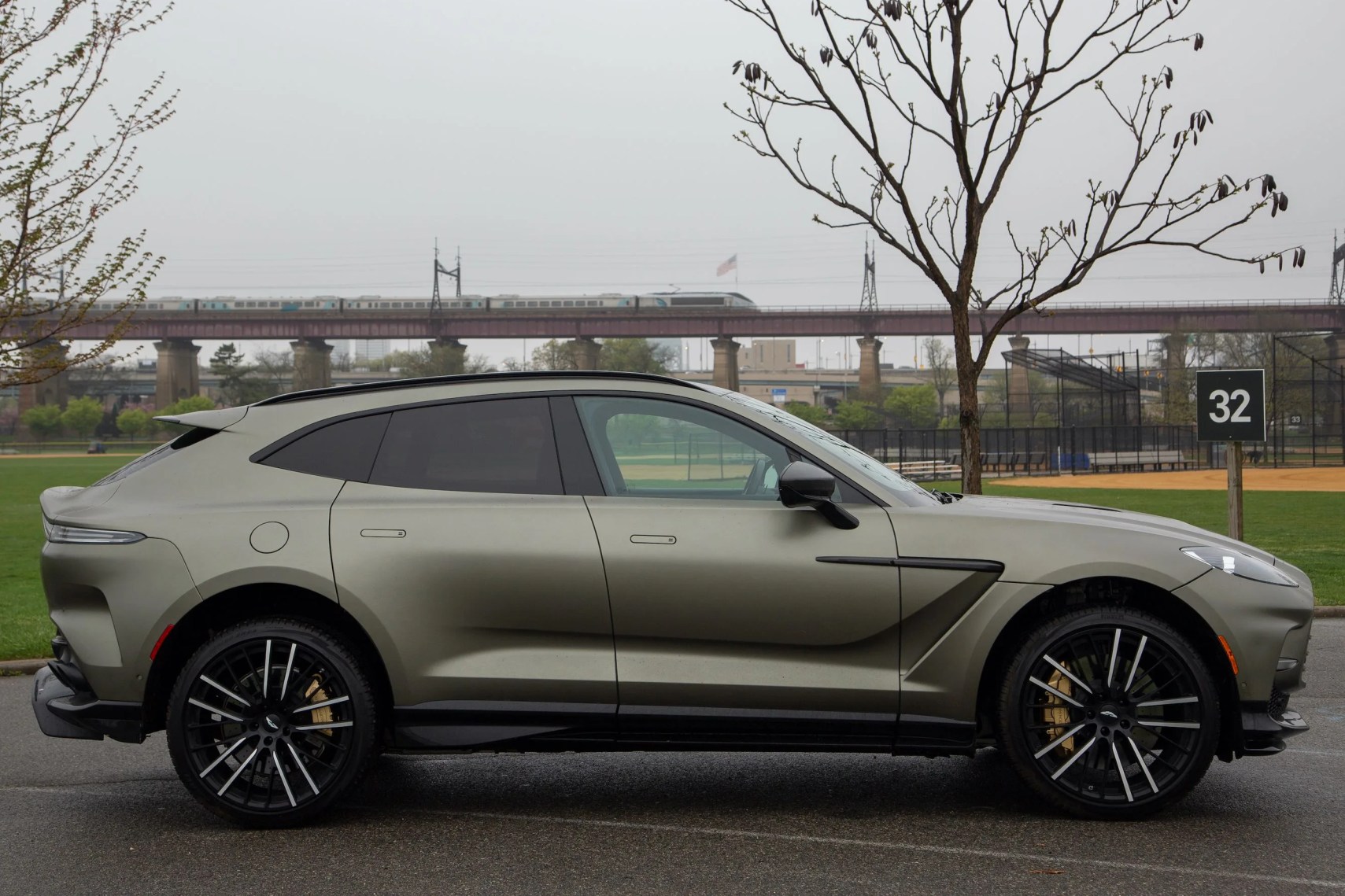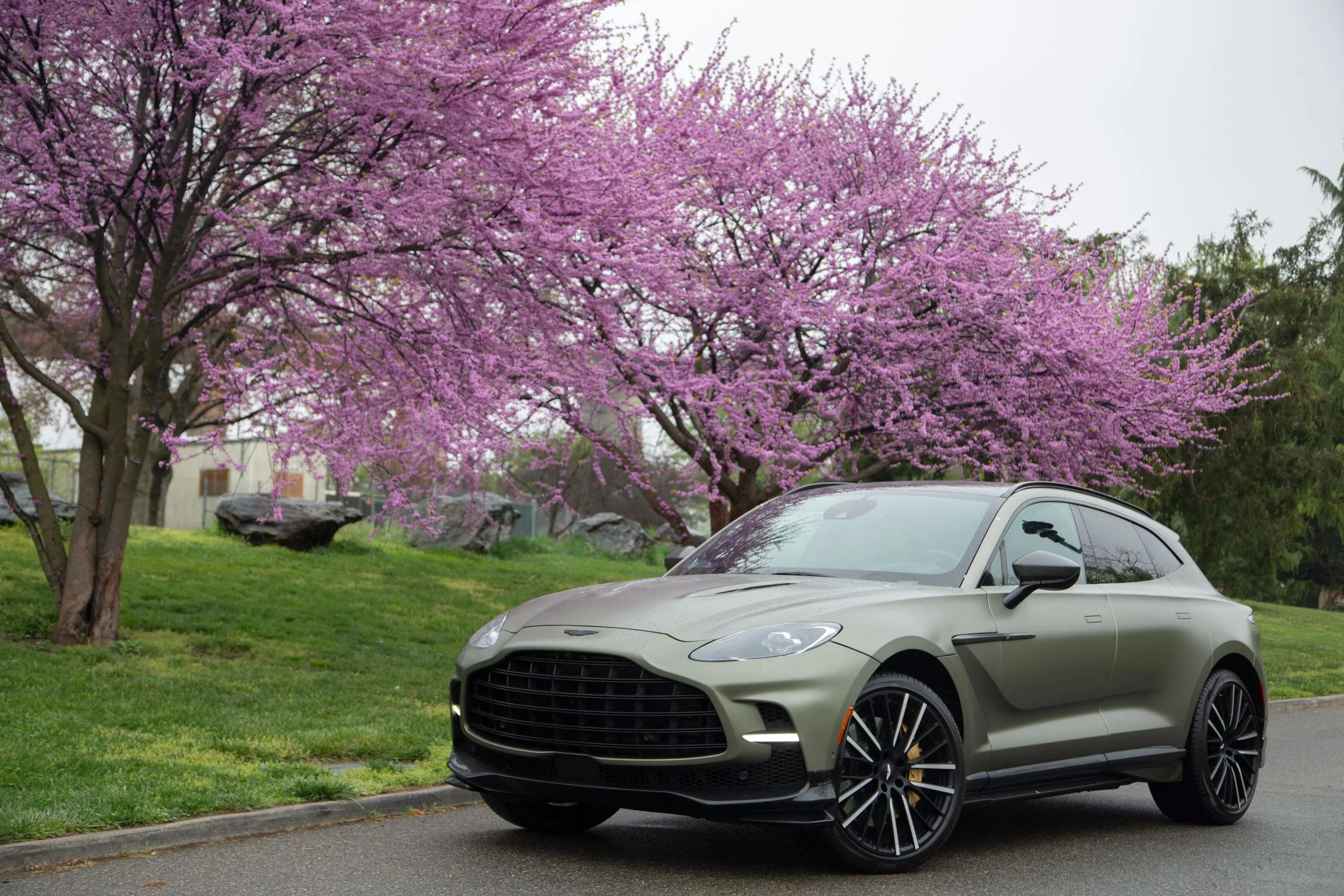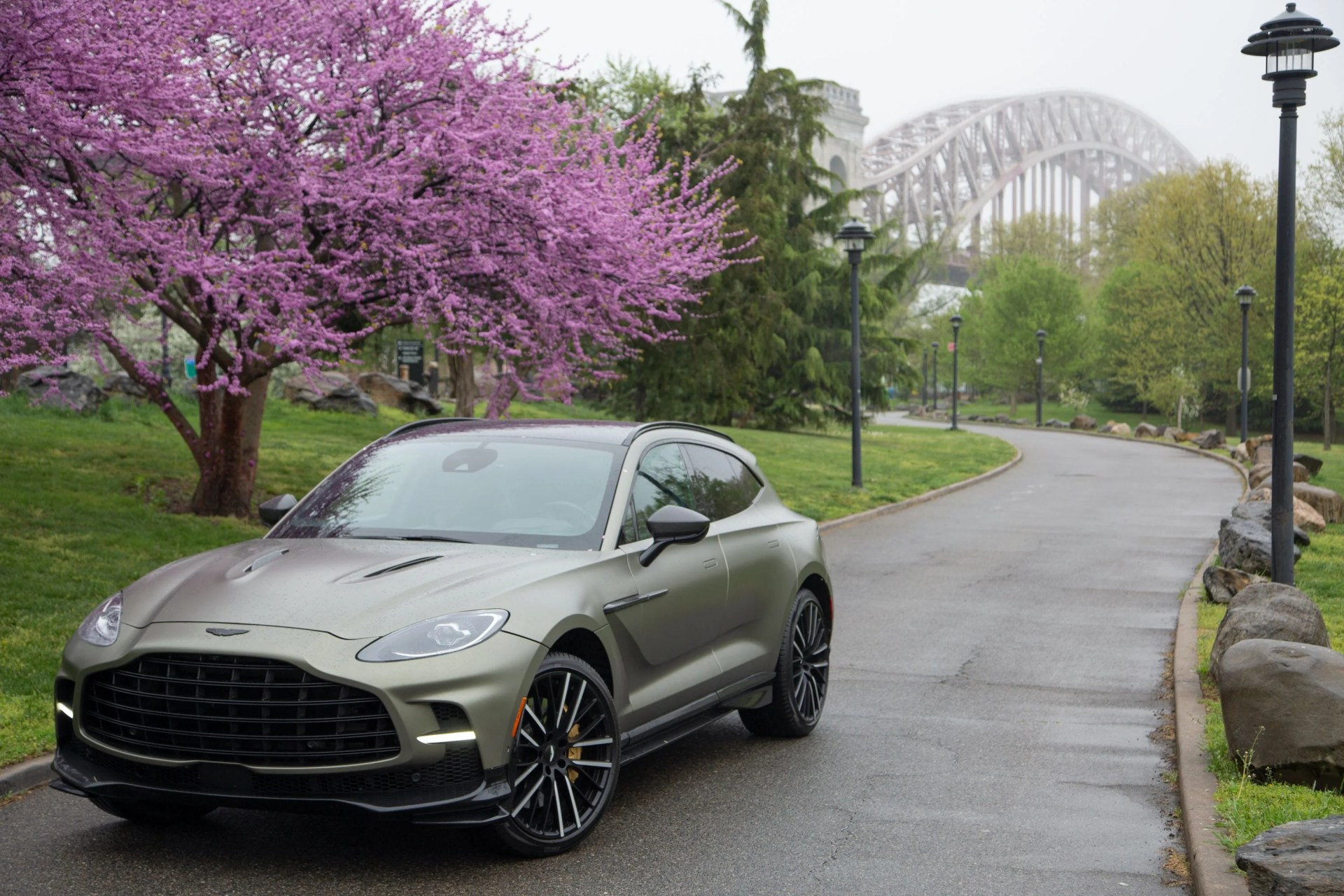This car review isn’t going the way you think it is. Unlike many an auto journalist or car enthusiast, I’m not opposed in the slightest to the idea of super-sport crossovers. After all, what sort of hypocrisy is it to valorize sport sedans and super-wagons, yet condemn crazy-quick SUVs? Sure, sport-utes might be heavier and ride higher, thus diluting performance versus those fast family cars … but that’s already what those cars are doing when compared to sports cars.
Viewed through such a lens, it’s hard not to be impressed with the Aston Martin DBX 707. While aviation nerds might assume the numbers in its name are a reference to the speedy four-engined airliner that launched the commercial jet age, it actually specifies the output in metric horsepower. (Which, admittedly, is a little odd, since Great Britain is one of the few places besides America that use Imperial horsepower … but given what Cadillac is doing, for example, it’s hard for us Yankees to pass judgement.)
Like every V8-powered Aston these days, its eight-pot is sourced from the wizards at Mercedes-AMG, but the Hogwarts grads in Gaydon have squeezed more power out of it than any Merc bar the now-discontinued AMG GT Black Series. Combined with a performance-tuned gearbox, active torque vectoring and all-wheel-drive, the DBX 707 has the sort of tech to make the most of its supercar power; it just so happens to be in a vehicle that’s as tall as an average human. Why should anyone hold that against it?
The DBX 707 is truly, maniacally quick
 Will Sabel Courtney
Will Sabel CourtneyPop quiz: Which goes faster, the DBX 707 in the foreground or the Amtrak Acela on the trestle behind it? If you guessed the bullet train, well, sorry to disappoint — while the Acela can hit 165 mph under ideal conditions, the Aston leaves it in the dust with a Vmax of 193 mph. That also makes it faster than key competitors like the Porsche Cayenne Turbo GT or Lamborghini Urus Performante, if only by an academic degree of a couple miles per hour.











